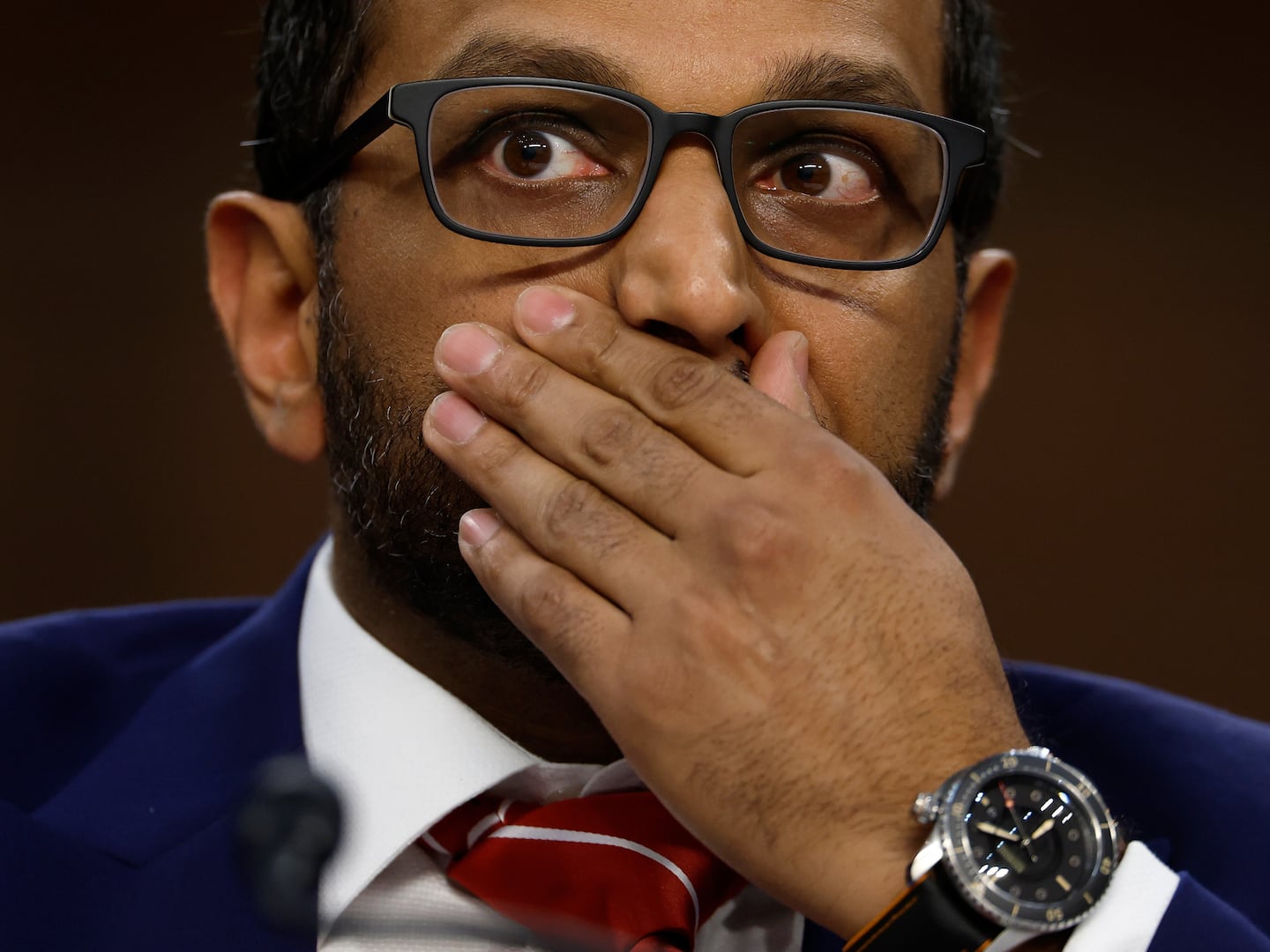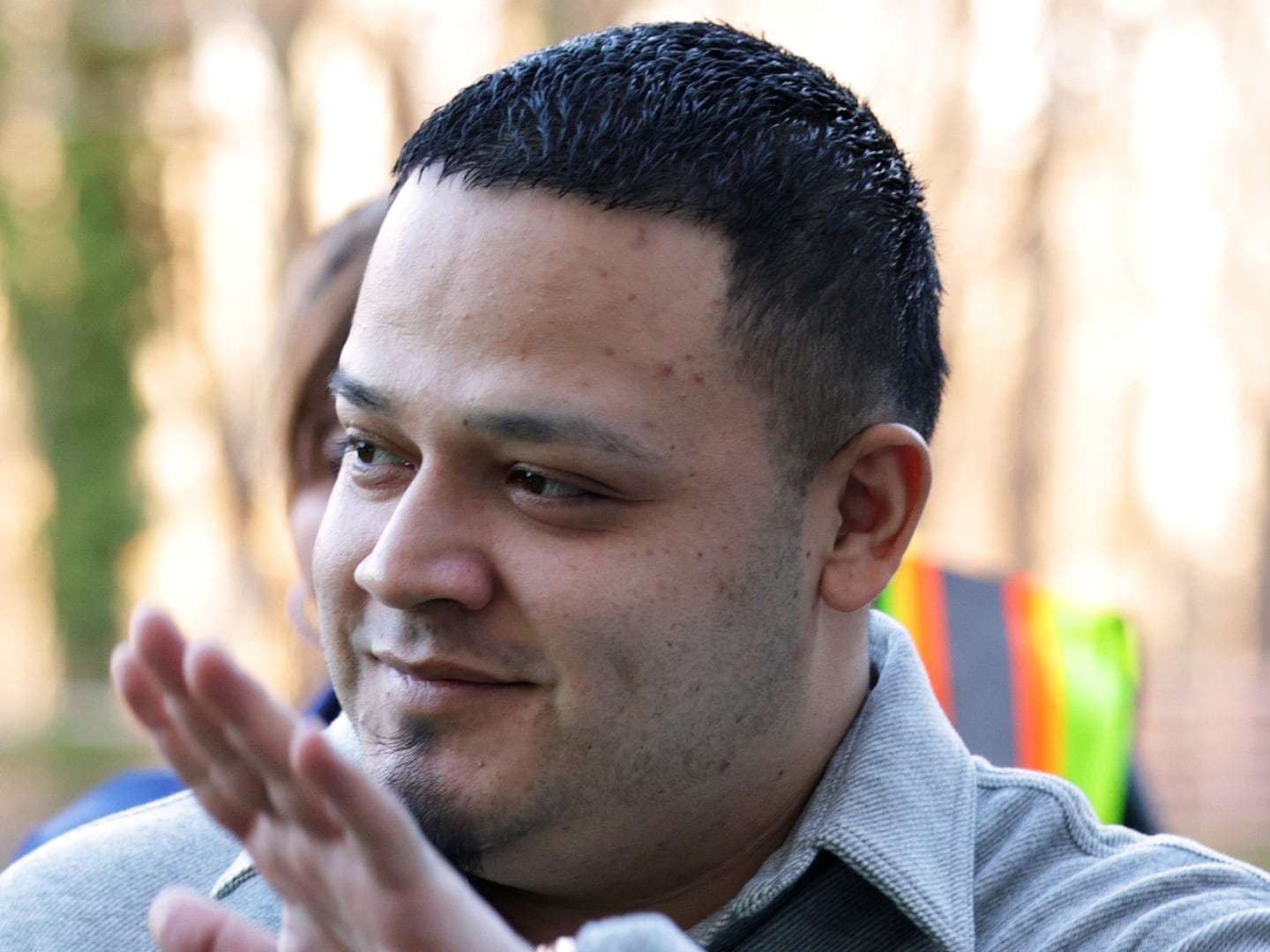In the tabloid plotting of the endless Royal soap opera, Camilla Parker Bowles—aka the Duchess of Cornwall since her marriage to Prince Charles—was for years painted by the press as the villain.
She was the interloper, the longtime ‘real’ partner-in-waiting, the wicked whispering third presence in Charles and Diana’s marriage—Diana even said there were “three of us in this marriage, so it was a bit crowded.”
But in recent years—she and Charles celebrated their 10th wedding anniversary last April—that image has softened. The public, while not as doe-eyed and devoted to her as they were to Diana, at least now are not throwing bread rolls at her in supermarkets (a possibly true, possibly apocryphal, tale).
Camilla has emerged as a warm character in the millennial reshaping of the Royals: often photographed smiling, she seems graceful but fundamentally unstuffy. If Charles appears stiff and formal, she comes across as the very opposite: not ordinary—she is a member of the British upper classes—but grounded, earthy, and fun.
On Wednesday, another moment in the changing image of Camilla: She was attending a meeting of domestic violence survivors at the charity, SafeLives in South East London. Pictures of the event appear to show her visibly shaken and biting her lip, as she listened to the women’s harrowing stories.
According to People, one woman, Rachel Davenport, described being shot by her husband after trying to escape years of abuse. She survived; their 16-year-old son committed suicide.
“He could not cope with what his father had done to me,” Davenport said.
Camilla said, “All of you going around and talking about it does create awareness…It’s so important that people like yourselves speak up, otherwise we gloss over it. And this is too important an issue to ignore.”
Camilla also heard the story of Joanna Brown, battered to death by her husband, Robert, again after a horrendous catalogue of abuse. Joanna’s best friend, and her mother, Diana Parkes, spoke to Camilla. The Duchess comforted Joanna’s mother, the Mail reported.
The Duchess’s visit followed an article she wrote for the Daily Mail last year, vowing to “shine a light” on rape and sexual abuse.
Many have hailed yesterday’s visit, and other charitable activities by Camilla, and certainly they have helped rehabilitate her public image. Some phrases being bandied about suddenly include ‘the People’s Duchess’ and ‘the Duchess of Hearts.’
That may be being a tad optimistic.
According to a survey last year, 55 percent of the British public believes Camilla shouldn’t be Queen if and when Charles ascends to the throne. Forty percent of people want Charles to give up his right to be King for his son William.
The same survey found that 38 percent of the British public “disliked” Camilla, compared to 34 percent who “liked” her.
This could be residual dislike on the part of hardcore Diana-worshippers, or it could signal an aspect of Camilla’s public image that remains unchangeable by the best Palace spin chiefs.
She, quite simply, cannot and does not play the same glamour games as the younger Royals; she is not Diana, she is not Kate.
While Prince Charles’s PR team memorably did a masterful early job of introducing her into British public life—she looked great the night she and Charles were seen together for the first time publicly, in a carefully choreographed photo op at London’s Ritz Hotel in 1999—Camilla has not actively sought public adoration.
She has amassed a series of charitable activities that she clearly—as Wednesday’s domestic violence engagement showed—feels passionately about. She and Charles also seem happy, or compatible.
She still, despite the wardrobe and hair restyling, seems like an independent, witty, upper-middle-class British country-dweller. When she and Charles are photographed in public now, the nice thing is she looks to be having a jolly good time; they are good at mugging together, she appears to be a good foil for him. And, one senses, she is formidable and strong herself, and probably not given to suffering fools, gladly or otherwise.
She also keeps her own home, Ray Mill House in Wiltshire, bought after her 1995 divorce from Andrew Parker Bowles as somewhere she can escape to.
The characterization of Camilla in Mike Bartlett’s “future history play,” King Charles III, which imagines the abbreviated reign of Charles should it ever dawn, imagines Camilla as a vital counterbalance to his bent for introspection; but also a steely opponent for those who would undermine and ridicule him.
If she wants him to maintain power, and honor his birthright, the play suggests, it is not for her own thirst for power—but for decency’s sake, and her husband’s own sanity, self-respect, and well-being. It is Kate, fascinatingly, whom Bartlett imagines as the play’s scheming Lady Macbeth.
King Charles III is a work of fiction (albeit with plausible notes of reality skillfully woven into it), and Camilla, like other members of the Royal family, maintains a strict silence over matters personal, and of what she believes or not. But her public presence, and the steady commitment to the causes holds dear, suggests the kind of strength of resolve that has seen her impressively weather something Diana, Princess of Wales never did—those years of being cast as a very public villain.
That strength of resolve suggests Camilla has her own sustaining steeliness, to finally marry the man she loved, and to somehow face down very directly the public opprobrium thrown her way.
Camilla will carry on, and by stealth—who knows—even if she does not become the ‘Duchess of Hearts,’ she may one day be a Queen that the public at least respectfully acknowledges. Maybe—and maybe something more.






